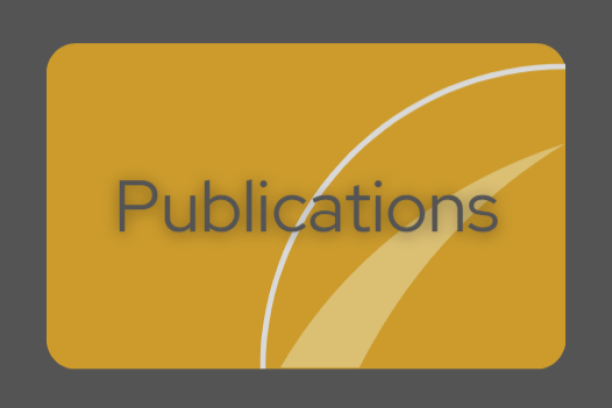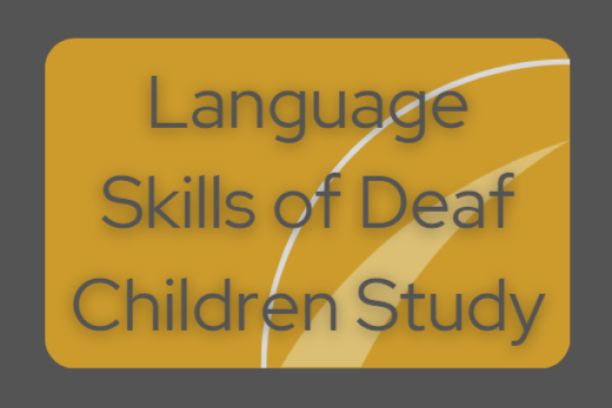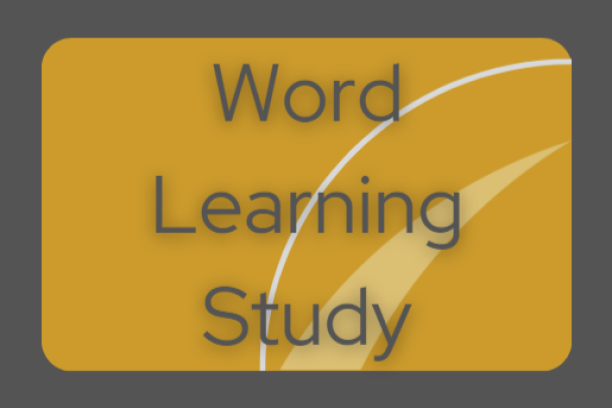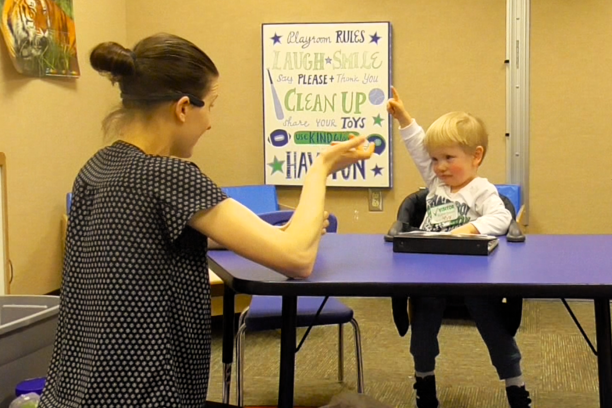-
McDaniel J., Yoder P., Estes A., Rogers S.J. Predicting expressive language from early vocalizations in young children with autism spectrum disorder: Which vocal measure is best? Journal of Speech-Language-Hearing Research. 2020 May;63(63). 1509-20.
Abstract
Purpose
This study was designed to test the incremental validity of more expensive vocal development variables relative to less expensive variables for predicting later expressive language in children with autism spectrum disorder (ASD). We devote particular attention to the added value of coding the quality of vocalizations over the quantity of vocalizations because coding quality adds expense to the coding process. We are also interested in the added value of more costly human-coded vocal variables relative to those generated through automated analyses.
Method
Eighty-seven children with ASD aged 13–30 months at study initiation participated. For quantity of vocalizations, we derived one variable from human coding of brief communication samples and one from an automated process for daylong naturalistic audio samples. For quality of vocalizations, we derived four human-coded variables and one automated variable. A composite expressive language measure was derived at study entry, and 6 and 12 months later. The 12 months–centered intercept of a simple linear growth trajectory was used to quantify later expressive language.
Results
When statistically controlling for human-coded or automated quantity of vocalization variables, human-coded quality of vocalization variables exhibited incremental validity for predicting later expressive language skills. Human-coded vocal variables also predicted later expressive language skills when controlling for the analogous automated vocal variables.
Conclusion
In sum, these findings support devoting resources to human coding of the quality of vocalizations from communication samples to predict later expressive language skills in young children with ASD despite the greater costs of deriving these variables.





